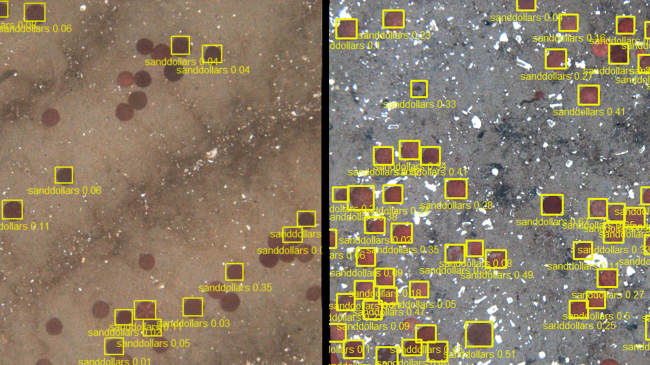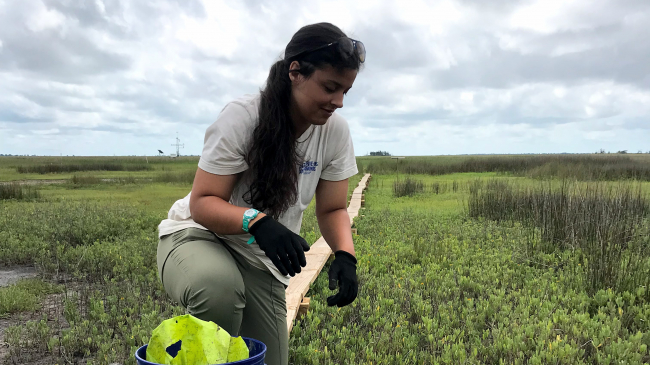Join Carlee Dunn and Ana Olsen in the muddy marshes of the San Francisco Bay National Estuarine Research Reserve.
Welcome to a day in the life of a Hollings scholar, featuring Carlee Dunn and Ana Olsen! This summer, we were interns at the San Francisco Bay National Estuarine Research Reserve (NERR). Our projects complemented the graduate research of Julie Gonzalez, a doctoral student and Margaret A. Davidson Fellow, who is studying how coastal estuarine ecosystems will respond to climate change. Each of our projects tackled a different part of this question: Carlee’s research focused on how the insect community would change by season and marsh habitat in response to rising sea levels. Ana investigated whether or not invasive green crabs ate the native cordgrass, Spartina foliosa.
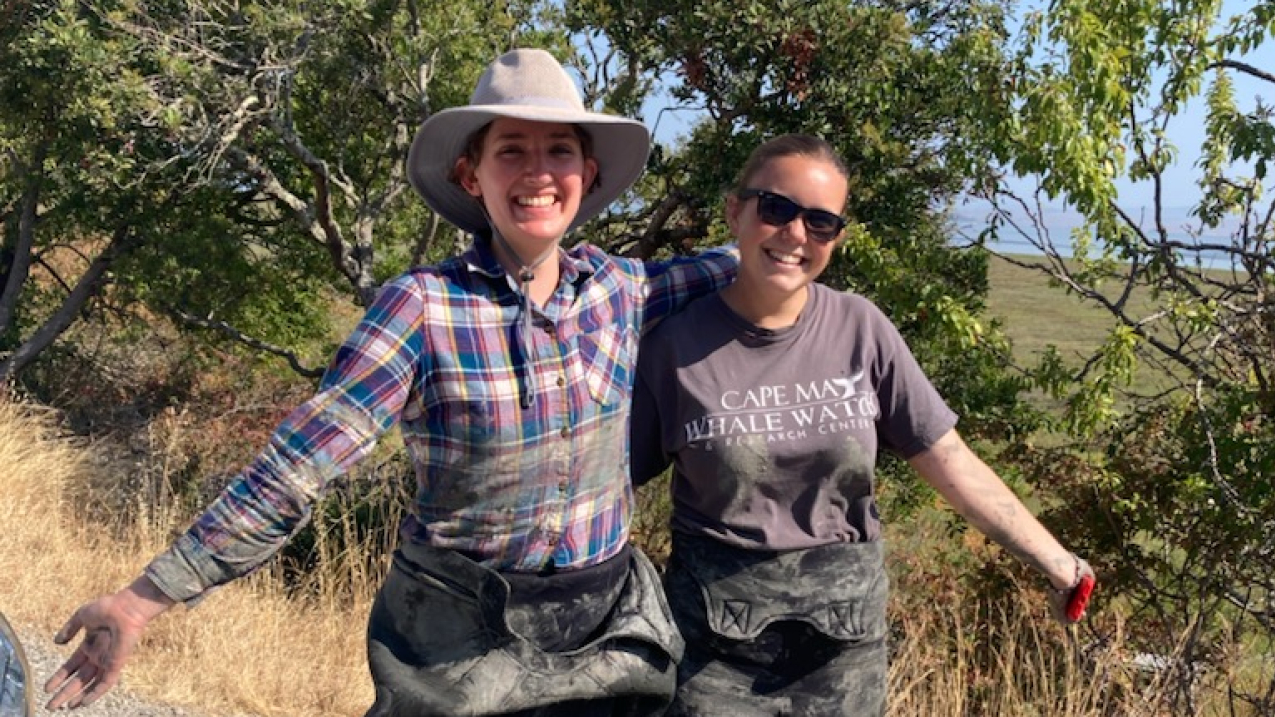
Ana (left) and Carlee (right) in wetsuits after a long morning of field work! (Image credit: Julie Gonzalez, NOAA Davidson fellow)
As you can tell, we had a lot going on! Here’s what a day in the life of our summer internship might look like.
5:30 am: Wake up, have a quick breakfast, and pack up the gear! To work in the marsh, you need wetsuits and wetsuit booties (to trek through the mud), a tarp (to protect our car from muddy gear!), buckets (to hold crabs or Spartina), and other tools used to collect data in the field.
6:30 am: Arrive at China Camp State Park, where our salt marsh field sites were located. China Camp State Park is part of the San Francisco Bay NERR. Once there, we put on our wetsuits, grab our gear, and head into the marsh. We often see some early-morning critters, including wild turkeys, coyotes, and deer!
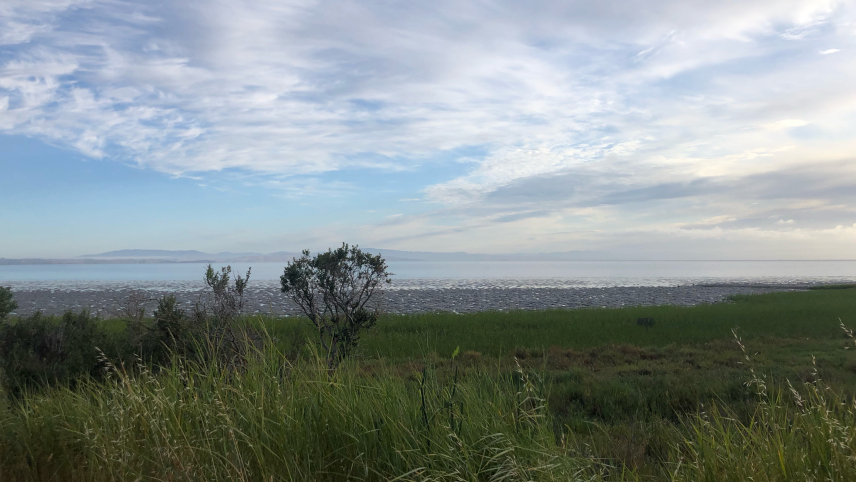
7:00 am: Arrive at the site. Below is a picture of our field site. The plexiglass boxes are called weirs, and they are used to retain water from the high tide to simulate higher water levels and increased inundation, or flooding, under sea level rise.
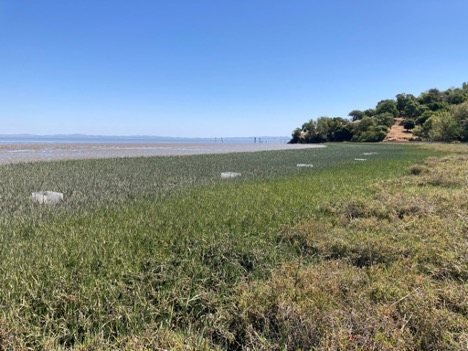
Once we make it out to the boxes, there are lots of different tasks we might have to do in a day. Science is collaborative, so each day we do things for our own research or for Julie’s. Here are just a few things you might find us doing:
- Collecting data on plant productivity and growth or soil chemistry
- Repairing boxes or crab cages that were impacted by the tides
- Deploying or collecting insect sticky traps for Carlee’s project on insect communities
- Trapping green crabs for Ana’s lab experiments
10:00 am: Leave the field and start cleaning up. Once we make it back to our cars, it’s time to take off our (very muddy!) wetsuits and pack the car. Marsh field work is no joke — between the hip-deep mud and all the gear, it can be quite a workout!
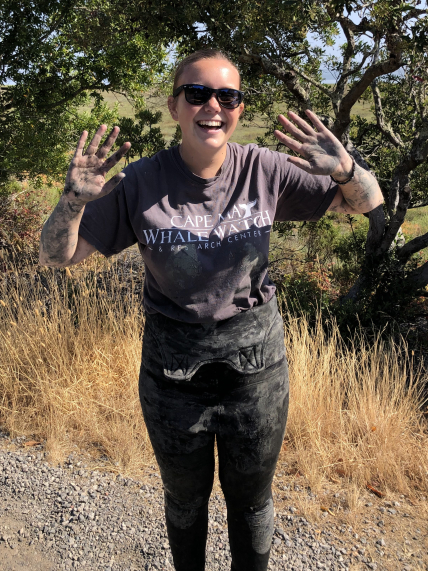
10:30 am: Head back to our house and rinse off the gear. It takes a while to hose everything off and lay it out to dry, but we need to make sure everything is ready to go for the next morning!
11:30 am: The rest of the workday can involve lots of different things — we might be working independently to:
- Scan sticky traps and count bugs for Carlee’s research
- Feed crabs or start another Spartina trial for Ana’s lab experiment
- Analyze data
- Meet with our mentors
- Learn about other projects being completed by the NERR team
2:30 pm: Because our workday started so early, our 8 hours end mid-afternoon — leaving lots of time to explore the beautiful Bay Area! We were able to do lots of exploring this summer, which was especially good because neither of us are from California. Some highlights include beach days at Stinson Beach, visits to the Point Bonita lighthouse, trips to downtown San Francisco, and sunsets at the Muir Beach Overlook.
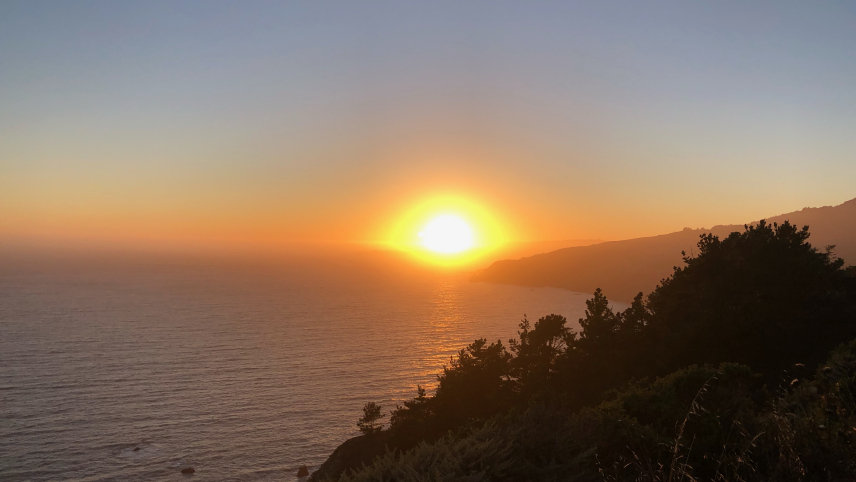
While every Hollings scholar’s day might look different, one thing is for certain—it’s a great opportunity to learn a lot about NOAA careers, science in general, and even the city where you end up interning for the summer! We had a great time!
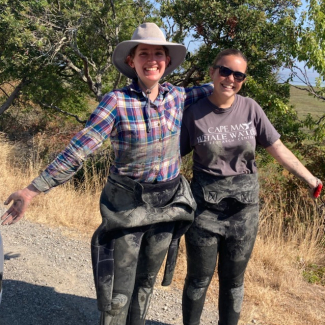
Carlee Dunn is a biology major at the College of William and Mary and Ana Olsen is a marine biology major at the University of Washington. They give a very big thank you to the NOAA Hollings Scholarship; their mentors, Matt Ferner, Chris Kinkade, and Julie Gonzalez; the SF Bay NERR Team; and San Francisco State University’s Estuary and Ocean Science Center for giving them this opportunity


